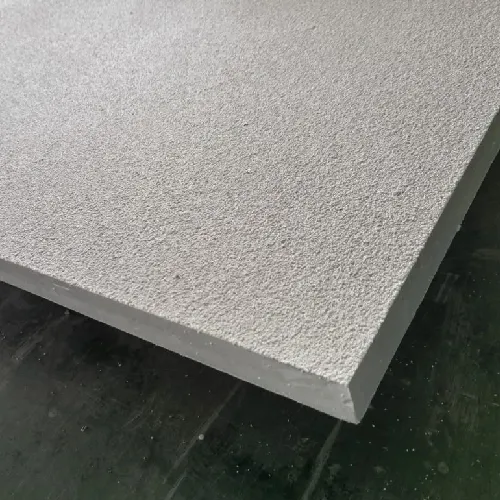loading...
- No. 9, Xingyuan South Street, Dongwaihuan Road, Zaoqiang County, Hengshui, Hebei, China
- admin@zjcomposites.com
- +86 15097380338
- Welcome to visit our website!
Understanding the Functionality and Applications of FRP Discharge Rods in Modern Engineering Solutions
Understanding FRP Discharge Rods Applications and Benefits
Fiber Reinforced Polymer (FRP) discharge rods are increasingly becoming vital components in various engineering applications, particularly in the fields of civil engineering, water management, and renewable energy. Their unique properties and advantages over traditional materials make them an attractive choice for projects where durability, weight, and corrosion resistance are paramount.
What is an FRP Discharge Rod?
An FRP discharge rod is a specialized component constructed from a composite material made of a polymer matrix reinforced with fibers, often glass or carbon. This combination results in a lightweight yet incredibly strong material that can withstand harsh environmental conditions. The primary function of these rods is to facilitate the discharge of fluids, such as water or wastewater, in a controlled manner, ensuring efficient and effective flow management.
Advantages of FRP Discharge Rods
1. Corrosion Resistance One of the most significant advantages of FRP materials is their resistance to corrosion. Unlike traditional metal rods, which can rust and degrade over time when exposed to moisture and chemicals, FRP rods maintain their integrity. This feature is particularly beneficial in water treatment plants or industrial applications where corrosive substances are prevalent.
2. Lightweight FRP discharge rods are lighter than their metal counterparts, making them easier to handle and install. This characteristic can lead to reduced labor costs and simplify transportation logistics, especially for projects in remote or difficult-to-access locations.
3. High Strength-to-Weight Ratio Despite their lightweight nature, FRP rods boast an impressive strength-to-weight ratio. This strength makes them suitable for applications requiring significant loads or stresses, such as supporting structures in hydropower facilities and flood management systems.
4. Low Thermal Conductivity The thermal properties of FRP materials result in lower thermal conductivity compared to metals. This quality is essential in applications where temperature changes can affect fluid characteristics, ensuring that the discharge process remains efficient and consistent.
frp discharge rod

5. Flexibility in Design FRP can be molded into various shapes and sizes, allowing for customized solutions tailored to specific engineering needs. This flexibility is particularly advantageous in complex systems where traditional materials may not fit the design requirements.
Applications of FRP Discharge Rods
FRP discharge rods find applications across various sectors
- Water Treatment Facilities In water treatment plants, these rods are used for the discharge of treated water, ensuring efficient flow and preventing contamination.
- Hydropower Plants They play a crucial role in hydraulic systems where water is channeled and managed for energy production, contributing to the overall efficiency of the power generation process.
- Flood Management During flood events, FRP rods can be employed in monitoring and controlling water levels, aiding in disaster management efforts.
- Industrial Applications In industries that utilize large quantities of water or chemicals, FRP discharge rods facilitate the safe and efficient transfer of these fluids, minimizing the risk of leakage and environmental damage.
Conclusion
The emergence of FRP discharge rods represents a significant advancement in materials technology, offering numerous benefits that enhance the efficiency, safety, and durability of fluid management systems. As industries continue to seek innovative solutions to address environmental challenges and improve operational efficiency, FRP discharge rods are poised to play a crucial role in shaping the future of engineering applications. Whether in water treatment, renewable energy, or flood management, the advantages of FRP materials make them an invaluable asset to modern infrastructure.
-
The Expansive Industrial Reign of FRP Pressure VesselsNewsAug.22,2025
-
Manufacturing Premium FRP Square Pipes for Global Wholesale ExcellenceNewsAug.22,2025
-
Strategic Applications for FRP Grating SolutionsNewsAug.22,2025
-
Material Science Forging GRP Water Tank LongevityNewsAug.22,2025
-
The Engineered Excellence: Material Science Behind FRP Railing SystemsNewsAug.22,2025
-
How Digital Pultrusion Revolutionizes FRP Profile WholesalingNewsAug.22,2025
-
The Rise of FRP Profiles: Strong, Lightweight, and Built to LastNewsJul.14,2025
